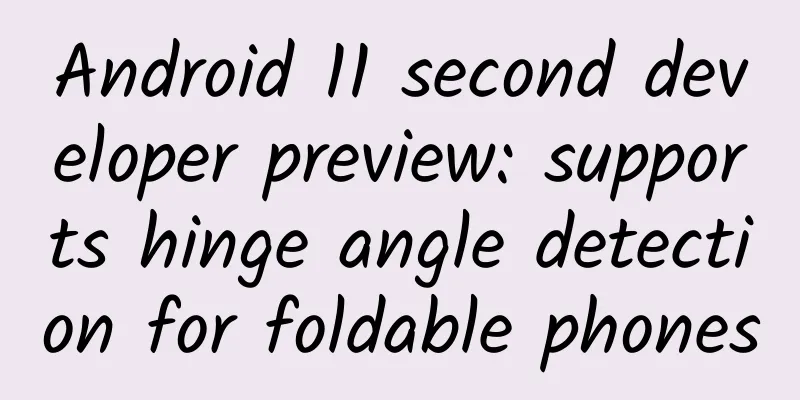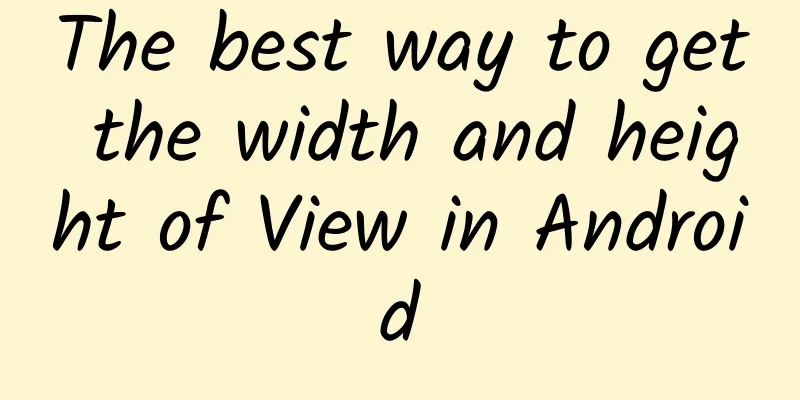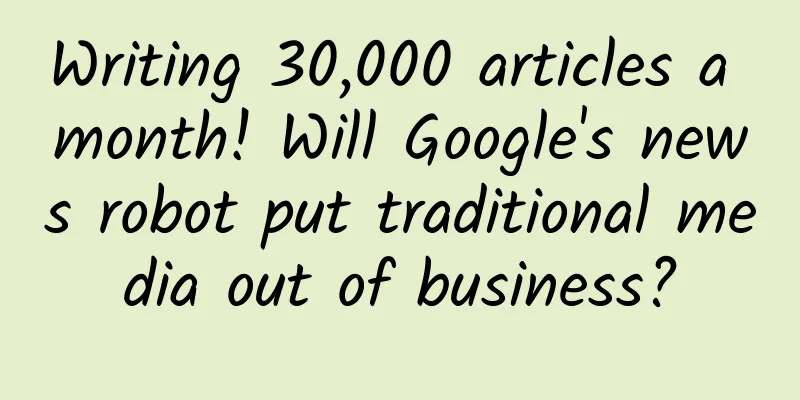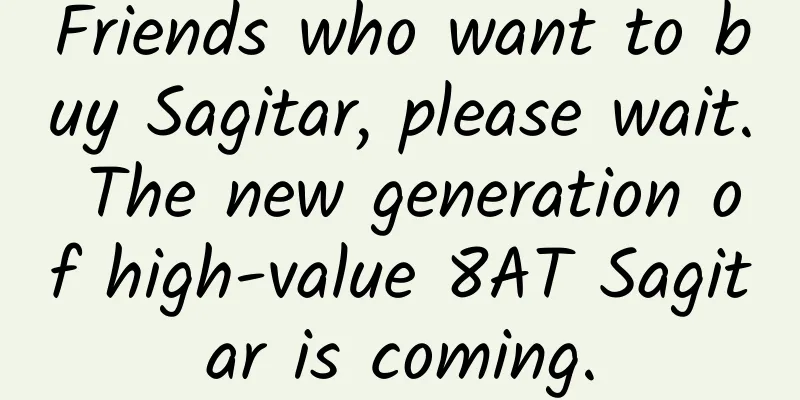Android 11 second developer preview: supports hinge angle detection for foldable phones

|
On March 19, according to foreign media reports, almost a month after the release of the first developer preview of Android 11, Google released the second version. Android 11 DP2 is a developer preview, not a public beta version, so it does not contain the various Android 11 features that people expect, but this version is also worth discussing, such as support for hinge angle detection of foldable devices.
The upcoming Microsoft Surface Duo will benefit from new Android features. The most noteworthy is an API (application programming interface) that allows foldable devices to tell applications what angle its hinge is bent at. In other words, if devices such as Microsoft's upcoming Surface Duo adopt this latest Android system, they are expected to be able to adjust the screen state more easily. Broadly speaking, the ability of Android devices to display different content based on the bending angle of the hinge is becoming a more important feature that should be handled at the system level. Other devices such as Samsung's Z Flip and Galaxy Fold will also benefit. Google has also added an API to strengthen spam call blocking, which allows applications to report the reason for rejecting calls and can also determine whether the caller number is from the user's address book. It has also added a way for applications to check the status of 5G networks, which is essentially adding a switch on top of the bandwidth estimator. It allows applications to display the 5G icon when they are on a 5G network. I believe that operators will be happy to see this because it will give them another way to promote 5G. Android 11 will finally handle variable refresh rates at the system level, so developers and manufacturers won't have to roll their own solutions. This is a long-awaited feature in the industry, and given that 90Hz and 120Hz screens are expected to become popular this year, hopefully it won't be too late, otherwise there may be fragmentation issues. In terms of privacy and security, Android 11 will further restrict access to cameras and microphones. In the new system, their permissions will be similar to location access permissions, and background applications will not be able to call cameras and microphones if they are not providing "foreground services." Android is still restricting access to system storage, and the latest version provides data migration tools for applications. Although this release is not for consumers, Google still provides developers with an easier installation option: "To simplify the installation process, you can choose today's version from the Android Flash Tool. For those who are already running Developer Preview 1 or 1.1, we also provide an OTA wireless update for today's release." Of course, this system version is only pushed to Pixel phones, including Pixel 2, Pixel 2 XL, Pixel 3, Pixel 3 XL, Pixel 3a, Pixel 3a XL, Pixel 4 and Pixel 4 XL. |
<<: How to disinfect your phone?
>>: Not only does it turn blue, there are new changes. Have you used these "new features" of Alipay?
Recommend
What fields are good for short videos? Which type of short video is better?
Now, no matter what industry it is, it can be mon...
A brief analysis of precise audience targeting in Internet advertising!
With the development of Internet advertising tech...
Three major updates to Apple's Core ML framework in 2020: more layer types, model encryption, and CloudKit-based model deployment
This year's Apple WWDC Global Developer Confe...
Arm: Arm data center market share is expected to expand to 50% by the end of 2025
Recently, Mohamed Awad, senior vice president of ...
What issues should enterprises pay attention to when doing bidding hosting?
Since some companies don’t know much about biddin...
Red alert for heavy rain! Guilin launches Level IV flood disaster response, please take precautions!
At 5:32 on the 22nd, the Guilin Meteorological Ob...
Create a legend in the sky "Dragon Trainer" first test experience
Screen: operate: Sound Effects: Plot: Experience:...
New ways to play Douyin live broadcast in the food industry in 2022
In recent years, the number of Douyin users has c...
She was considered to win the Nobel Prize and said "I do" three times for her country
1964 Lop Nur in Xinjiang China's first atomic...
Does the "graviton" really exist? Condensed matter physics finds a "substitute"
Author: Luo Huiqian, Researcher, Institute of Phy...
Are health products becoming snacks? Can vitamin gummies help maintain health?
Song Ge Not long ago, the topic "Why can'...
A must-have for operations, promotion and marketing: a complete list of the latest hot topics in March 2018!
The 2018 Spring Festival holiday has ended, and t...
Apple Dad’s 10 Marketing Skills That Won the “Outstanding Marketing Award”!
In the CMO Survey of global marketing executives,...
Chrome update for iOS: Can replace Safari as the default web browser
In iOS 14, if users don’t like native Safari and ...
How to promote and attract new users during the cold start phase of APP?
As the threshold for APP development is lowered, ...









